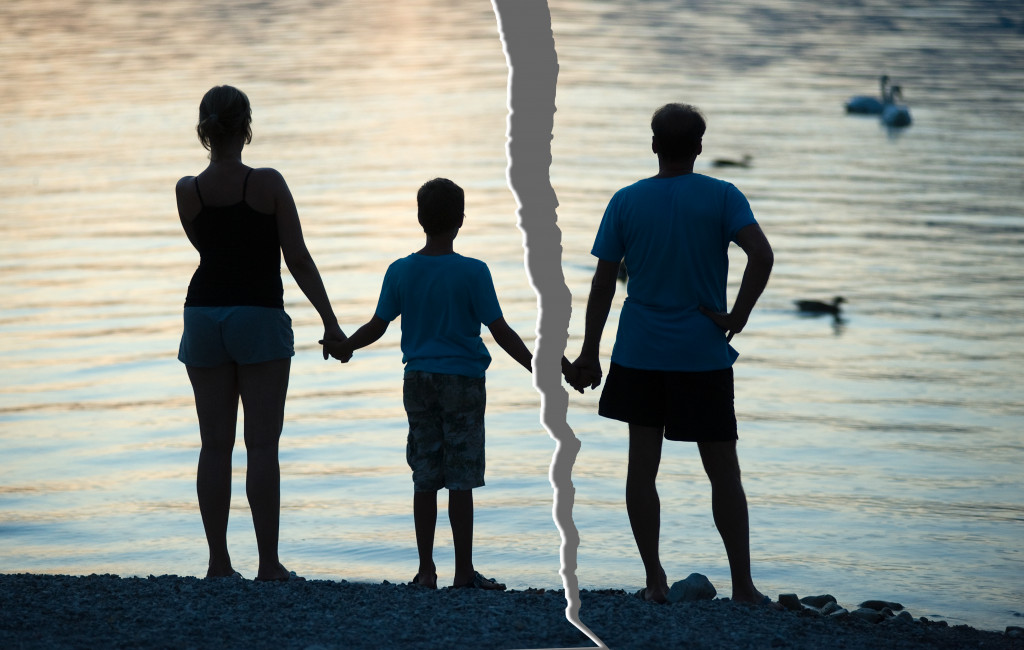- Domestic abuse severely impacts victims and their communities, including economic losses, mental health issues, etc.
- Communities can help prevent and address domestic abuse by providing restraining orders, educational programs, support services, and advocacy initiatives.
- Children of domestic violence survivors are at higher risk for future trauma.
- Domestic abuse increases medical expenses and reduces productivity for businesses and employers.
- Domestic abuse can have long-term effects that echo into future generations if not prevented or addressed.
Domestic abuse is a silent menace that affects all aspects of a person’s life, including their health, mental well-being, relationships, and career. Sadly, the impact of this dreadful event surpasses the individual victim and expands its tentacles to the entire community.
Domestic abuse affects everyone around the victim, from their family and friends to their immediate neighborhood. It’s common to think of domestic abuse as a personal matter that only affects the victim and perpetrator, but it’s crucial to understand the impact of domestic abuse on your community. Here’s what you need to know about domestic abuse in the country, how it can affect communities, and what your community can do about it.
Domestic Abuse in The U.S.
Domestic abuse is still prevalent in the U.S. It’s estimated that about one in four women and one in nine men experience intimate partner physical violence, sexual violence, or stalking in their lifetime. Domestic abuse can take many forms, from physical and emotional abuse to financial manipulation and coercion.
Effects of Domestic Abuse on Communities
Domestic abuse affects the victim’s life and those around them. It is a pervasive problem that has severe implications for communities. Here’s how it can affect your community:

The Economic Impact of Domestic Abuse
Domestic abuse has a severe economic impact on both the victim and the community. Domestic abuse often results in job loss, loss of productivity, and medical expenses, which results in a loss of income for both the victim and the community. Businesses and employers also suffer from the impact of domestic abuse, with higher insurance claims, higher healthcare costs, and reduced productivity. Unfortunately, these costs are only the tip of the iceberg, as the hidden costs of domestic abuse, such as the loss of potential earnings, cannot be easily quantified.
The Impact on Children And Future Generations
Children who grow up in homes where domestic abuse occurs suffer from its effects, even if they are not direct victims. They develop conditions such as anxiety, depression, and post-traumatic stress disorder, making it difficult to form healthy relationships, learn, and grow. Children who witness domestic abuse are more likely to become perpetrators or victims of similar occurrences in the future. The impact on future generations cannot be overstated, as it perpetuates an endless cycle of abuse, trauma, and pain. This cycle can only be broken through community education, awareness, and intervention programs.
The Impact on Healthcare
Survivors of domestic abuse often experience long-term physical and psychological consequences, which can affect their health and well-being. Many victims suffer from mental illnesses such as PTSD, depression, and anxiety, which can be expensive. Victims of domestic abuse also experience physical health problems, such as injuries and chronic pain, resulting from the abuse. These issues require long-term medical care that’s often costly and can significantly impact the healthcare system.
The Impact on Community Safety
Domestic abuse affects the safety and security of communities in many ways. Victims of domestic abuse often fear seeking help, resulting in isolation and vulnerability. This situation can become a breeding ground for criminal activities such as drug abuse, prostitution, and other criminal behavior. These activities, in turn, affect the community’s safety and threaten its overall well-being.
The Importance of Community Involvement
Community involvement is crucial to combating domestic abuse. Here are four ways your community can help deal with it.

Restraining Orders
Partners who experience domestic abuse must be safe from their abusers. A reliable civil restraining order can help with this. The order works by restricting the abuser from coming near or contacting the victim. A restraining order is an effective way to protect the survivor and ensure their safety. A lawyer who specializes in family violence can help you understand the process.
Educational Programs
Domestic abuse can be prevented if communities know what it looks like and how to address it. Educational programs and workshops can help inform community members about domestic abuse, its signs, and how best to respond when they witness someone in need.
Support Services
Victims of domestic violence must receive proper support services after leaving an abusive relationship. This could include counseling, therapy, housing assistance, legal aid, emergency relocation services, job training, and more. Communities should work with local organizations to provide these essential services for survivors.
Advocacy
Advocacy is key if we want to bring an end to domestic abuse. Communities should come together and participate in initiatives that raise awareness about the issue and advocate for survivors. This includes writing letters, attending rallies, organizing fundraisers, or volunteering at local organizations.
Domestic abuse is a complex problem that can have far-reaching effects on victims and communities. It’s vital to understand its consequences and take action to end it once and for all. Coming together as a community can help create a safe space for those affected by abuse and foster healthier relationships in society.




